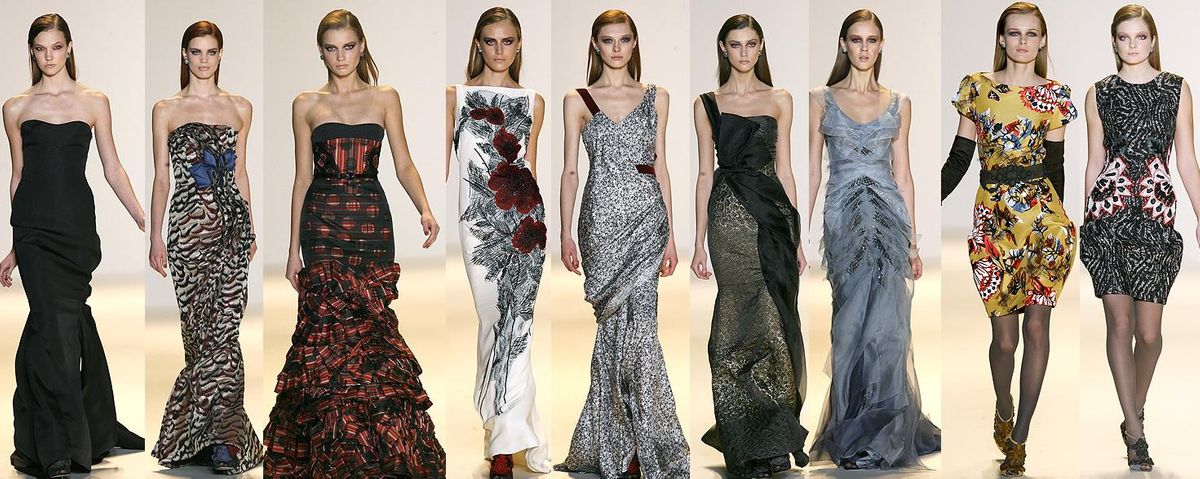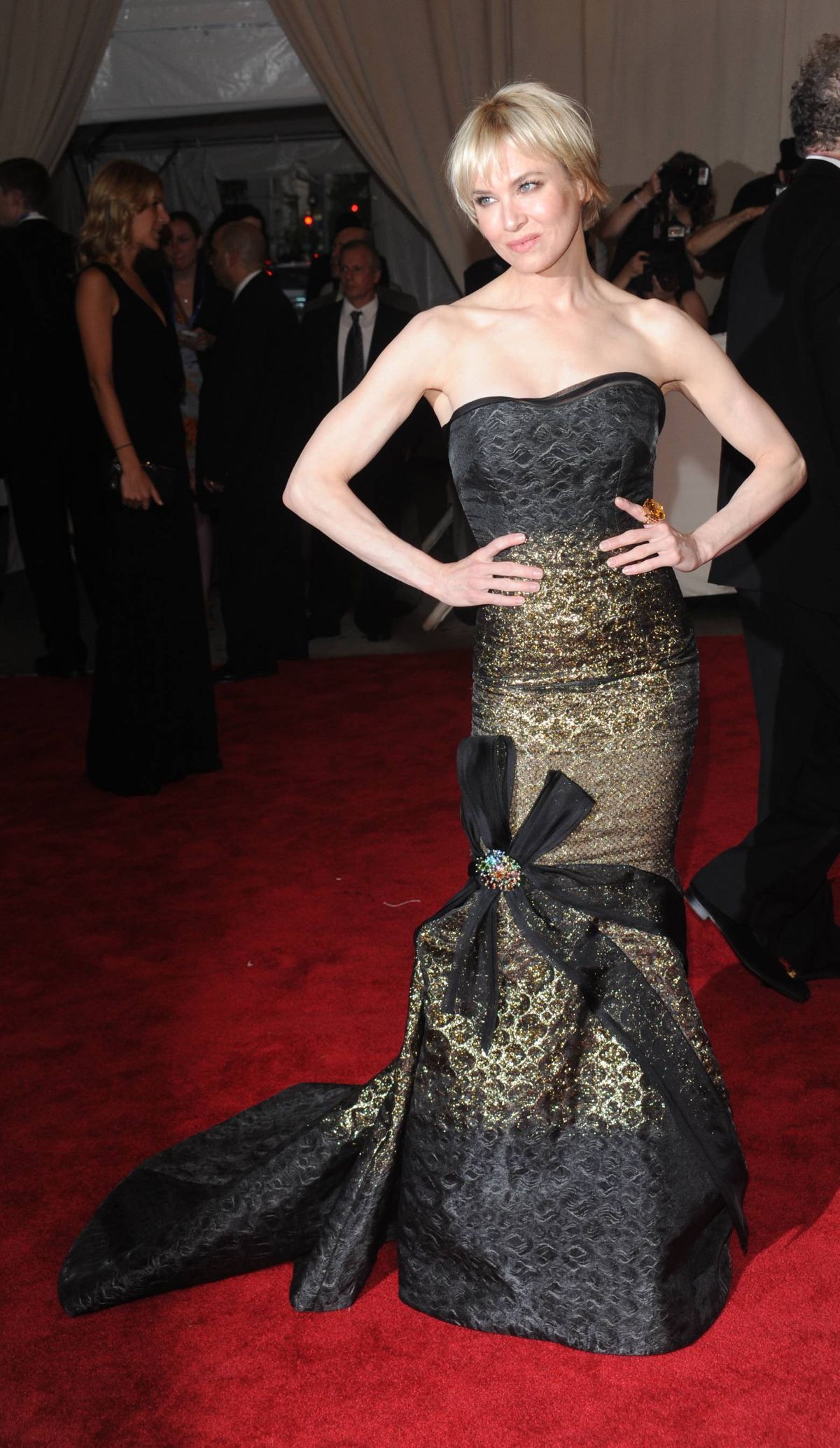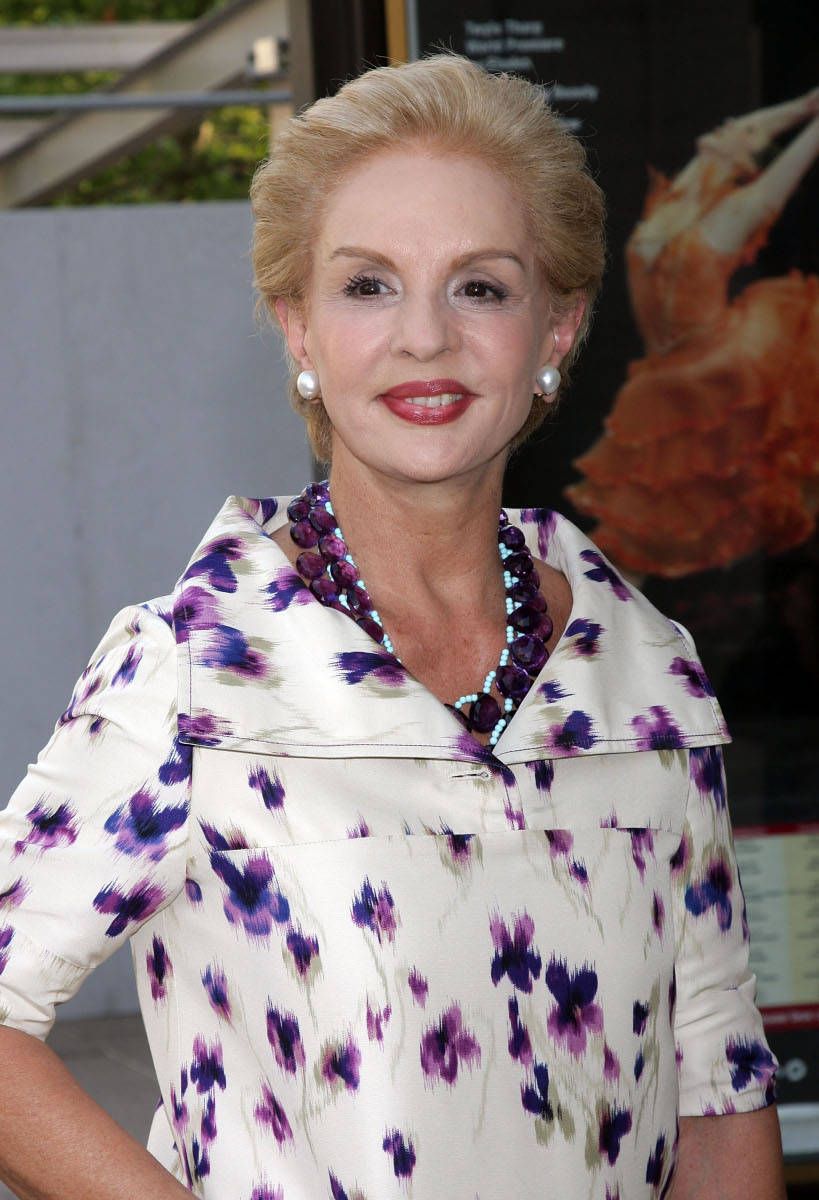In the fickle world of ‘here today, gone tomorrow’ fashion, few things can exude perpetual elegance. Yet Carolina Herrera, who has ruled the fashion world for several decades, is going stronger than ever, reflecting timeless movie star glamour in her designs. I recently caught up with Herrera at a showing of her fall collection at Saks Fifth Avenue and in this exclusive interview she reveals what makes a lady a lady, what it was like to dress Jacqueline Kennedy Onassis and her impression of a younger muse, Academy Award-winning Texan, Renée Zellweger.
“There is nothing like the moment when a glamorous woman walks into a room and everybody wonders who she is,” says Carolina Herrera. Let’s face it, Herrera is one glamorous lady. The South American-born beauty has eaten, slept and breathed high fashion her entire life. To top it off, Herrera may just be one of the most likeable designers in the fashion industry today. “Carolina is charming, interesting, aristocratic, but democratic,” says her close friend, celebrity photographer Patrick McMullan. “She’s an amazing style icon.” Perfectly coiffed in a black, silk ruffled blouse, a white pencil skirt and tastefully high heels, all of her own design, this 68-year-old native of Caracas, Venezuela embodies the perfect woman with her continental accent and timeless style. Over tea and chocolate bon-bons we discuss how her vision of being a lady has enhanced the world.
Exposure to the finer things in life at an early age charted the course for her stylish life. At the tender age of 13, she attended her first Paris couture show, Cristobal Balenciaga, with her grandmother. She grew up with a privileged background as the daughter of prominent and sociable parents. “While I was growing up, I didn’t dream about being a designer, but I always loved clothes,” she shares. After two marriages and four children, her professional life included public relations work for Pucci during its heyday—an auspicious beginning for a woman raised to be a socialite, not a businesswoman.
But a successful business woman she became, and she has helmed her fashion house since 1980. “I grew up in a family where everybody was well-dressed, and I married into a family where everybody was well dressed,” reflects Herrera. “I think that was very good training for my eye.” While some critics believed Carolina Herrera, Ltd. was just a flash in the pan, her friend and former Vogue editor Diana Vreeland believed in her and gave her the confidence to launch her first collection. She freely acknowledges she’s not a typical designer. “I have an eye for proportion, which is always the key to looking great,” says Herrera. “Don’t ask me to cut or to sew. I can’t do that. But I know exactly how a shoulder should lie.”
Her 27 years in the fashion industry shows staying power. Herrera, a New Yorker when she is not residing in her 17th century home in La Vega, Venezuela, is often lauded by the media as one of the country's most elegant women and is supremely well-respected inside the fashion industry. In three decades, she has launched fragrances for both women and men, cosmetics, accessories, and 22 eponymous stores that she created with two of her daughters. Her designs can be found at some of the world’s premier retailers including Harrods' in London, Saks Fifth Avenue, Neiman Marcus, Bergdorf Goodman and Stanley Korshak.



